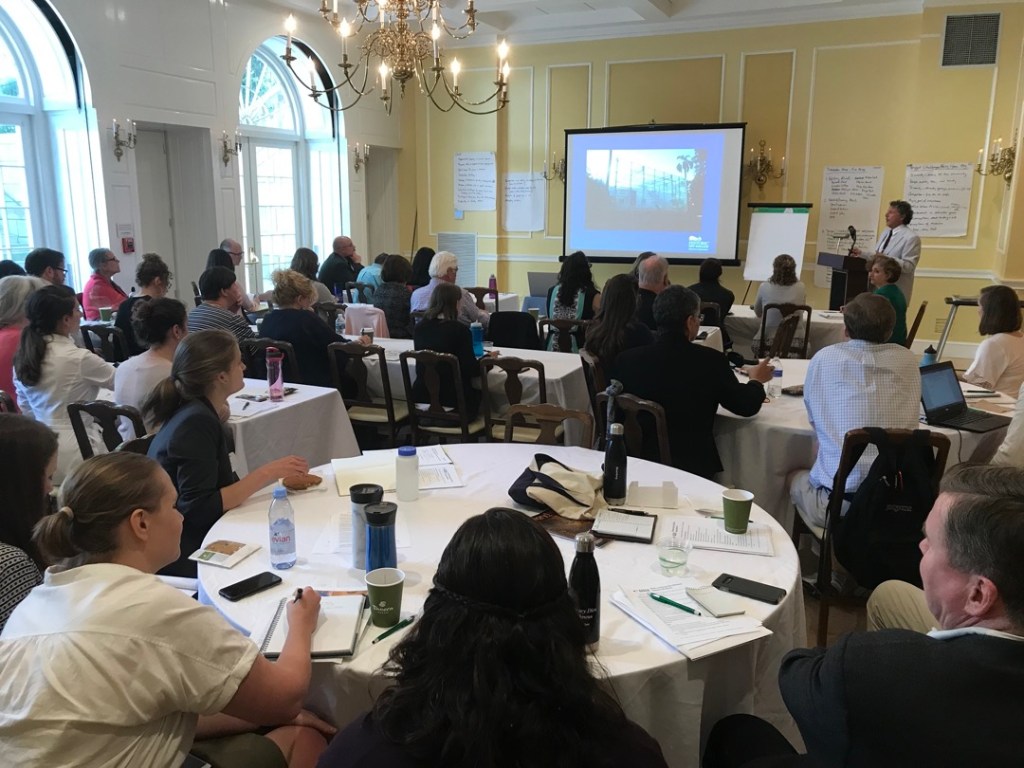Hello everyone!
Regular posts by me have been infrequent this year (and even last year!) due to an incredible amount of projects that have come across my desk, as well as travels here in the US and abroad.
Thankfully, Colin Gliniecki has helped with several posts on the financial condition of history organizations, which is part of a bigger personal project on strengthing the financial sustainability of historic sites and house museums. Colin received an MA in Museum Studies from George Washington University four years ago and with his undergraduate degree in business, I’ve relied on his extraordinary skills with Excel to analyze enormous sets of Form 990 data. (If anyone needs a museum data analyst, I’m happy to make an introduction.) We’ve finished the foundational series of posts around revenues and expenses and are now taking a step back to reflect on the work and determine next steps.
So next on the blog are more regular posts from me (weekly?), but they may take a variety of forms such as:
- “reports from the field,” where I describe clever ideas from the museums and historic sites I encounter in my travels.
- “reports from my garden,” describing what’s happening in my GW courses and commissioned projects.
- books that are affecting my thinking about the management and interpretation of historic sites
- personal projects (such as the Interpreting Christmas book)
I may be late to the game, but I believe video is the next big format that museums and historic sites need to embrace for interpretation and promotion. I’ve been testing the waters with a few videos, being pushed into the deep end by the pandemic when teaching went online:
- A mini-field trip to the US Army Museum
- A mini-field trip to the Mercer Museum
- The Basics of Author-Date citations (for my GW students)
- Goals, Deliverables, and Specifications (for my project management course)
- Creating Virtual Exhibitions in Adobe XD (for my interpretation course)
The challenge is that video production is sloooooow but I’m determined to master it–and the only way to do it is by doing a lot of it. I’ve produced three in 2020, seven in 2023, so I definitely need to ramp up. Warning: the videos will be rough and drafty this year, so I’ll appreciate comments and suggestions!
More soon!








